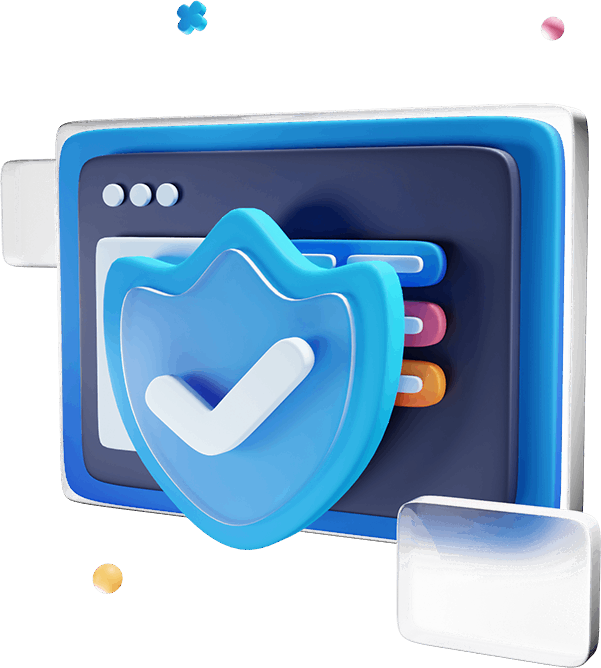Cyber Security Risk Assessment Stop Threats Before They Strike
Proactive protection for your business against evolving cyber threats, leveraging cutting-edge security solutions to detect vulnerabilities and prevent data breaches before they happen with Cyber Security Risk Assessment


